Equipment
Club builder secrets to hitting exact specs

Building golf clubs is as much art as it is science. Physics and precise measurements dictate final specs from a fitting, but getting everything to actually fit together is what separates professional club builders from the wannabes—it’s problem-solving at the highest level.
What separates the great professional builders from the rest is their understanding of how each OEM designs and assembles clubs, and how those components relate to each other—it’s the secret sauce. Whether it be understanding how to weight specific heads, or how to properly shim or sand shafts to get everything to fit as precisely as possible, these are the top club building secrets to hitting exact specs.
Tip weights
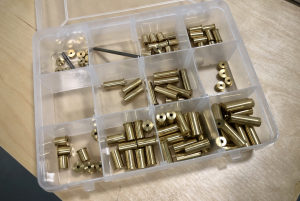
Clubhead weights are rarely ever perfect, and because of that, tip weights are needed to get them dialed in. When head weights are bang on, it’s generally because they were handpicked by a boutique component supplier. This doesn’t mean club heads are poor quality, it just shows that OEMs are doing everything they can to help golfers on both ends of the over and under length spectrum get the right clubs. By intentionally having heads be 4-5g under standard length required head weight, builders need to add less weight to get to spec, and when building overlength, it prevents clubs from becoming too heavy.
The only time you will generally find heads that are too heavy is when working with one-piece forged irons meant for the Japanese market. Since those clubs are often built under North American standard length, the club heads are heavier to help keep swing weights in line.
So, the next time you find tip weights in a set you are pulling apart, consider it a good sign that whoever built them took the time to get club head specs correct.
Shaft weights and tipping
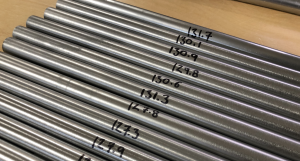
In the world of shafts, the higher-end you go the tighter the specs—you truly get what you pay for. The perfect example is True Temper Dynamic Gold Tour Issue X100 shafts. They aren’t any different than standard X100 shafts except for the fact that they go through the extensive process of being weight sorted down to .5g on either side 130 grams. This allows the shafts to play extremely close to the intended flex and allow for easier swing weights and total weight specs to be achieved.
When shafts are within manufacturer tolerance but need to be tweaked, this is where the skill and knowledge of a club builder become invaluable. A quick trim of a 1/4″ can dial in flex to fit in line with the rest of the set. The end goal of a club builder is to make every club feel like your favorite club—and sorting and tipping are a big part of that.
When using parallel shafts, club builders will first weight sort lightest to heaviest to determine the best order to install those shafts into the set—this takes more time but creates a much more balanced set at the completion of the build. Indeed, all of these steps take more time but are crucial when building clubs at the highest level.
Shims/hosel diameters
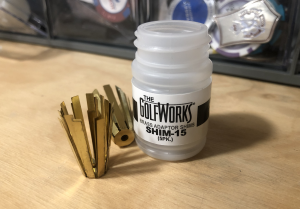
Shafts come in four distinct sizes; .335″ and .350″ for woods and .355″ (taper) and .370″ (parallel) for irons. As for club heads, it’s not quite that simple. Some companies use universal hosels to allow for both taper and parallel shafts to be used in irons and when it comes to woods there are a few OEMs that have slightly tapered hosel designed to be used in conjunction with a collared ferrule (if you don’t understand what a collared ferrule is, check out the video below).
By knowing when to use shims to get a shaft to fit into a hosel—or in the more rare case when to sand down a graphite shaft it fit into a tapered hosel —llows more shaft options to the golfer and in the end, can provide a better club option not available through a traditional channel.
Grip specs
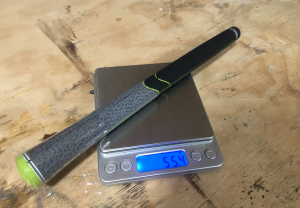
Just like shafts, grips have manufacturing tolerances for weight. Generally, it is plus/minus 1.5-2g on either side of the target weight. This is still very good when you consider how much a standard size grip weighs but at the extreme levels a grip still has the potential to throw off a set’s final spec. Just like with parallel shafts, professional club builders will go through the process of weighing out grips and designate them to specific clubs in the set before final assembly.
Although I can’t speak for every OEM, I know for a fact that after receiving grips from a supplier, Titleist goes the extra step by sorting grips into 3 categories and handpicks those bunched grips to build sets. It may seem minor, but when building clubs to exacting specifications, every gram matters.
To discuss this and other club building topics make sure to check out the GolfWRX Club Building Forum
- LIKE97
- LEGIT8
- WOW2
- LOL0
- IDHT1
- FLOP3
- OB0
- SHANK4
Whats in the Bag
Kevin Tway WITB 2024 (May)
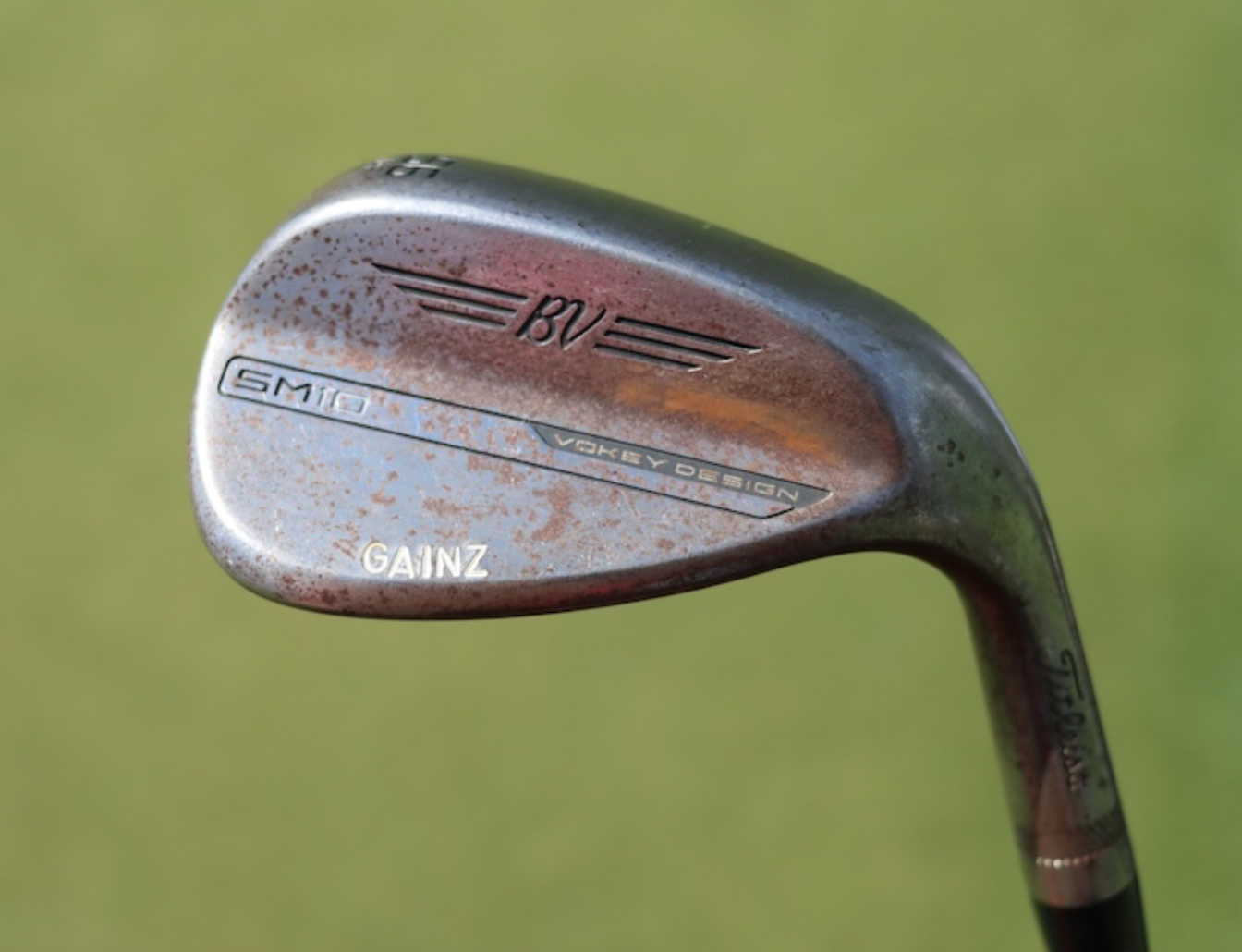
- Kevin Tway what’s in the bag accurate as of the Wells Fargo Championship. More photos from the event here.
Driver: Ping G430 LST (10.5 degrees)
Shaft: Fujikura Ventus Black 6 X
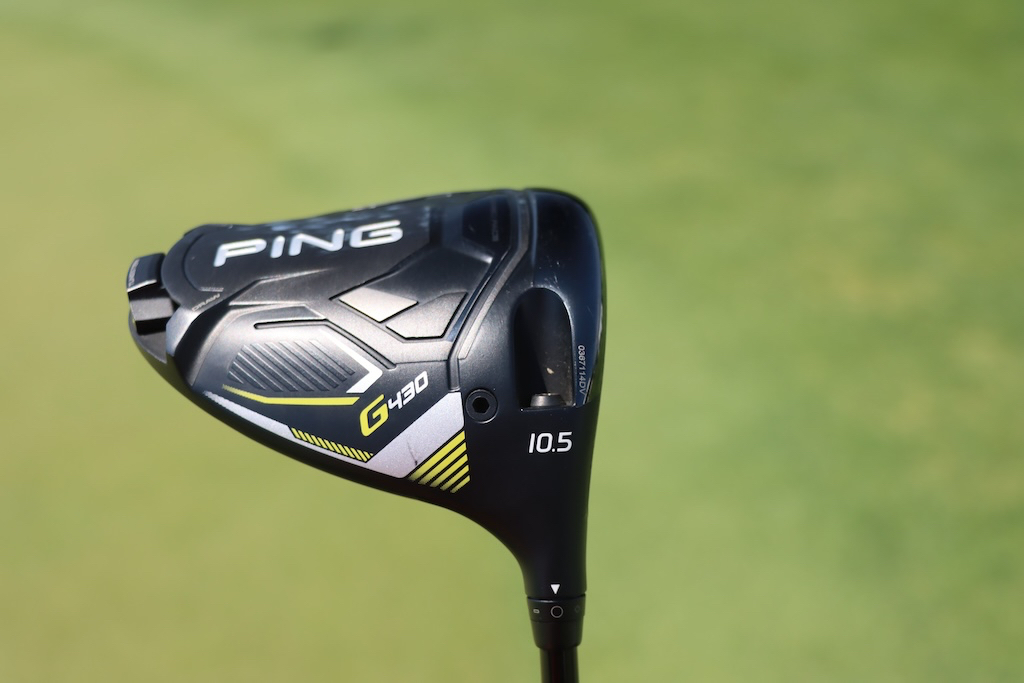
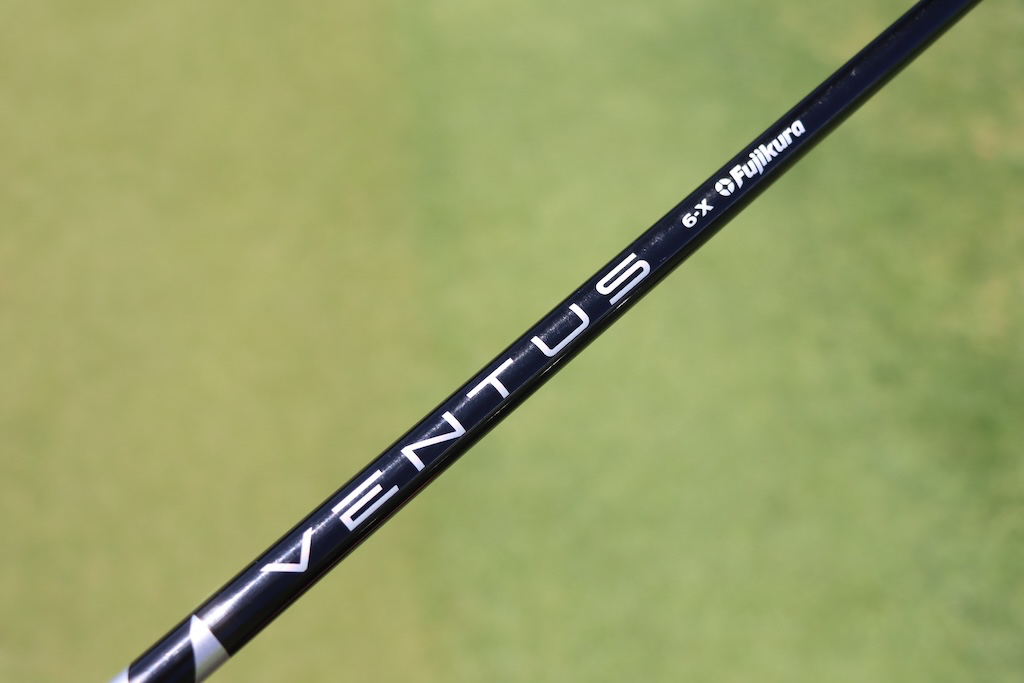
3-wood: TaylorMade Stealth 2 (15 degrees)
Shaft: Mitsubishi Diamana D+ 80 TX
5-wood: TaylorMade Stealth 2 (18 degrees)
Shaft: Mitsubishi Diamana D+ 90 TX
Irons: Wilson Staff Utility (2), Titleist T100 (4-9)
Shafts: Mitsubishi MMT 100 TX (2), True Temper Dynamic Gold Tour Issue X100 (4-9)
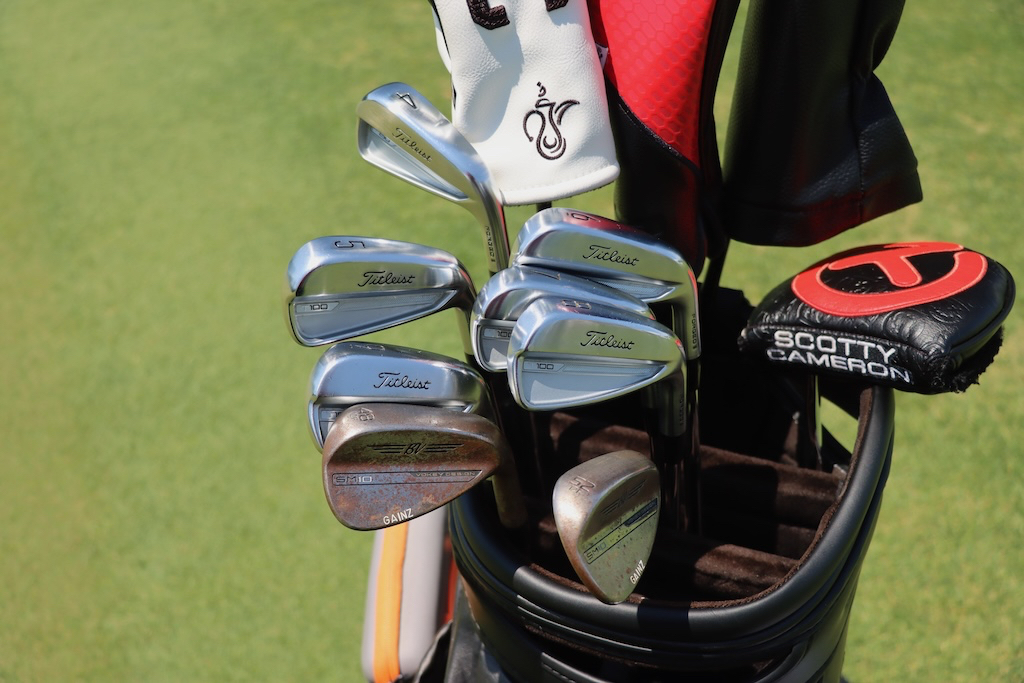
Wedges: Titleist Vokey Design SM10 (48-10F @47, 52-12F @51, 56-14F), SM7 (60-10S)
Shafts: True Temper Dynamic Gold Tour Issue X100 (48-56), True Temper Dynamic Gold Tour Issue S400 (60)
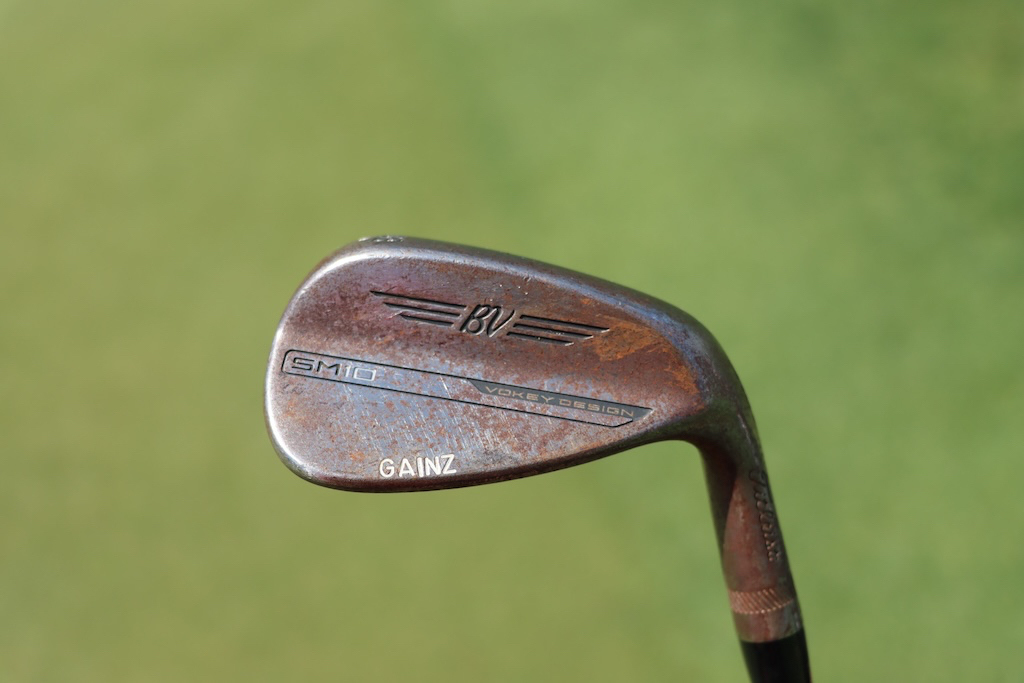
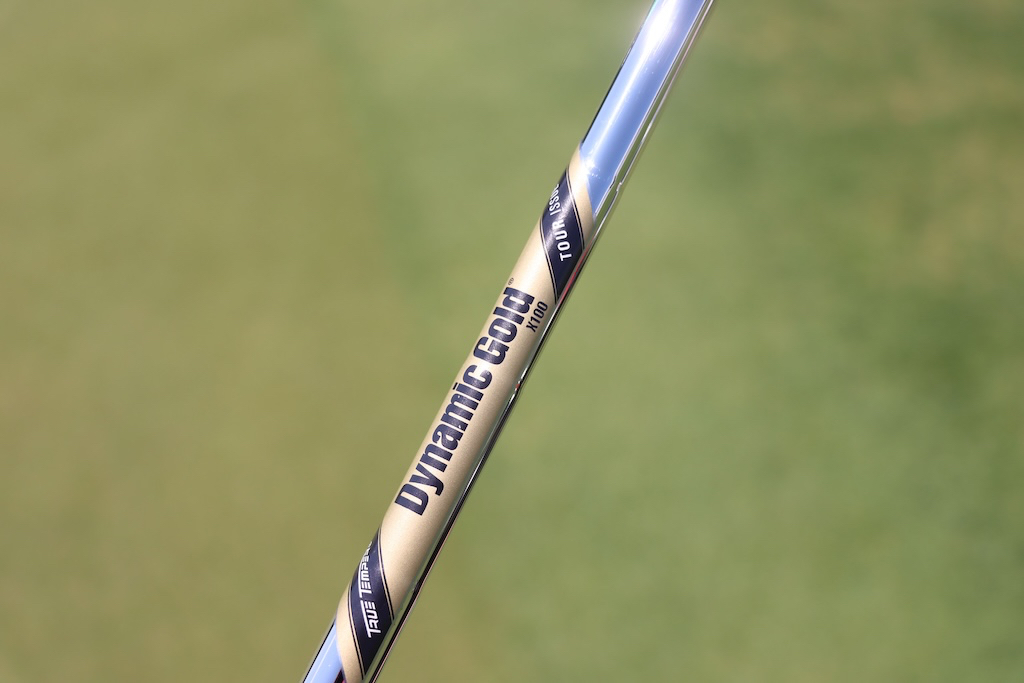
Putter: Scotty Cameron T-5 Proto
Grip: Scotty Cameron Black Baby T
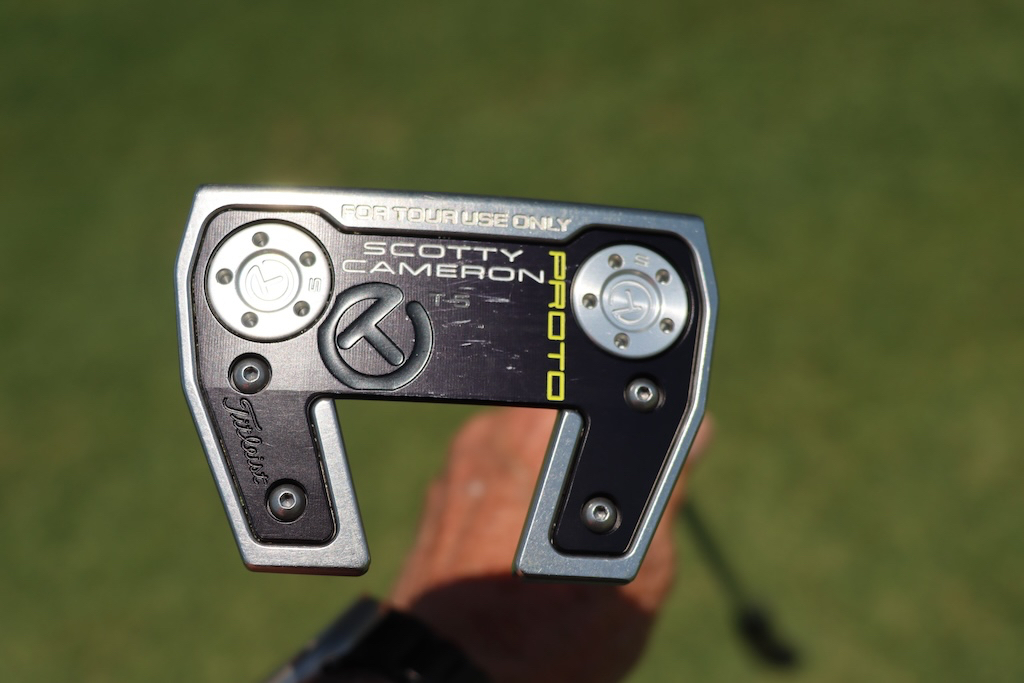
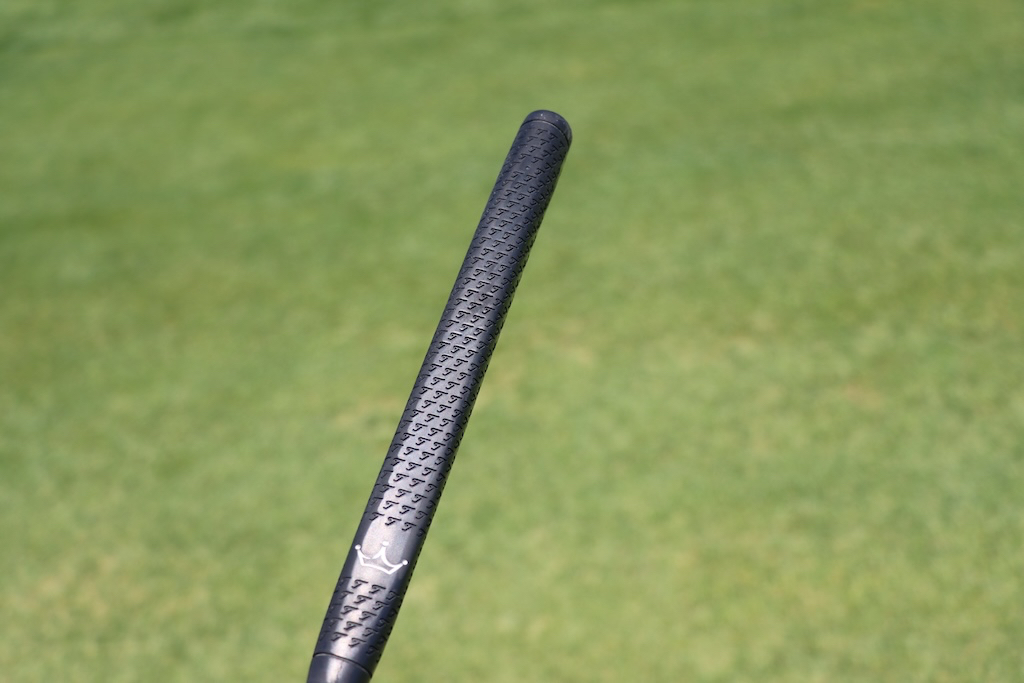
Grips: Golf Pride Tour Velvet Plus4
More photos of Kevin Tway’s WITB in the forums.
- LIKE4
- LEGIT0
- WOW0
- LOL0
- IDHT0
- FLOP0
- OB0
- SHANK0
Equipment
Did Rory McIlroy inspire Shane Lowry’s putter switch?
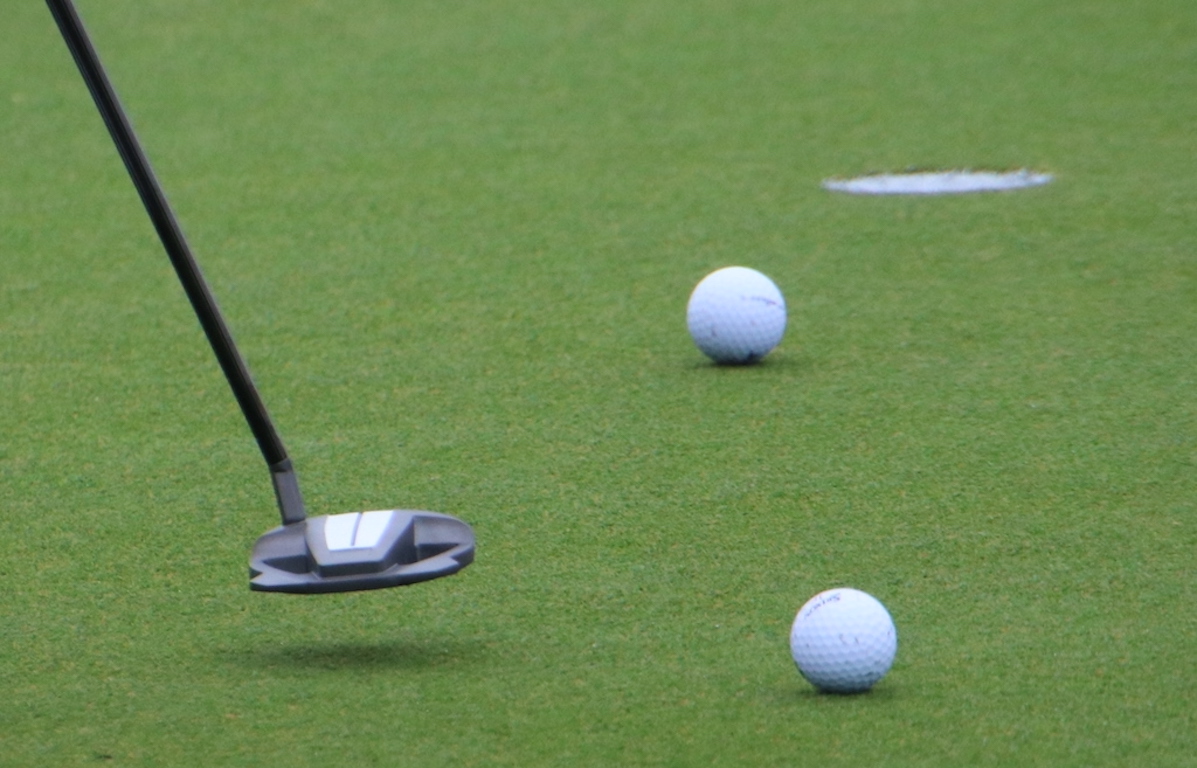
Editor’s note: This is an excerpt from a piece our Andrew Tursky originally wrote for PGATour.com’s Equipment Report. Head over there for the full article.
The timing of Lowry’s putter changeup was curious: Was he just using a Spider putter because he was paired with McIlroy, who’s been using a Spider Tour X head throughout 2024? Was Lowry just being festive because it’s the Zurich Classic, and he wanted to match his teammate? Did McIlroy let Lowry try his putter, and he liked it so much he actually switched into it?
Well, as it turns out, McIlroy’s only influence was inspiring Lowry to make more putts.
When asked if McIlroy had an influence on the putter switch, Lowry had this to say: “No, it’s actually a different putter than what he uses. Maybe there was more pressure there because I needed to hole some more putts if we wanted to win,” he said with a laugh.
To Lowry’s point, McIlroy plays the Tour X model, whereas Lowry switched into the Tour Z model, which has a sleeker shape in comparison, and the two sole weights of the club are more towards the face.
Lowry’s Spider Tour Z has a white True Path Alignment channel on the crown of his putter, which is reminiscent of Lowry’s former 2-ball designs, thus helping to provide a comfort factor despite the departure from his norm. Instead of a double-bend hosel, which Lowry used in his 2-ball putters, his new Spider Tour Z is designed with a short slant neck.
“I’ve been struggling on the greens, and I just needed something with a fresh look,” Lowry told GolfWRX.com on Wednesday at the 2024 Wells Fargo Championship. “It has a different neck on it, as well, so it moves a bit differently, but it’s similar. It has a white line on the back of it [like my 2-ball], and it’s a mallet style. So it’s not too drastic of a change.
“I just picked it up on the putting green and I liked the look of it, so I was like, ‘Let’s give it a go.’”
Read the rest of the piece over at PGATour.com.
- LIKE3
- LEGIT1
- WOW0
- LOL1
- IDHT0
- FLOP0
- OB0
- SHANK2
Equipment
Webb Simpson equipment Q&A: Titleist’s new 2-wood, 680 blade irons, and switching to a broomstick Jailbird
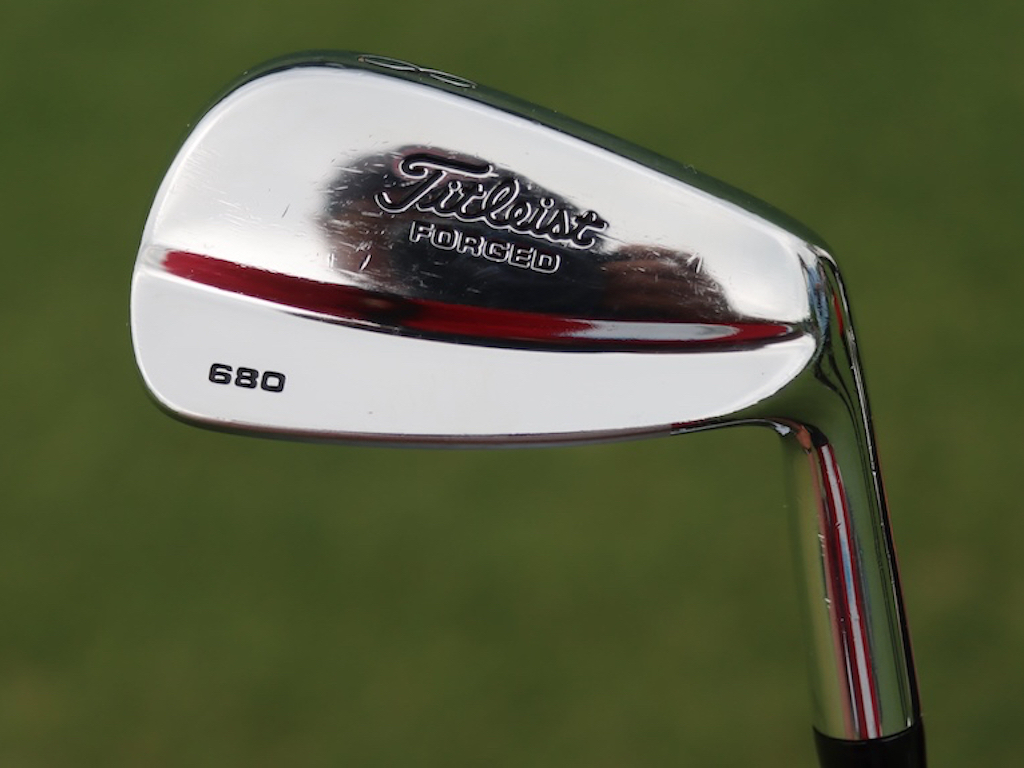
With seven career wins on the PGA Tour, including a U.S. Open victory, Webb Simpson is a certified veteran on the course. But he’s also a certified veteran in the equipment world, too. He’s a gearhead who truly knows his stuff, and he’s even worked closely with Titleist on making his own custom 682.WS irons.
On Wednesday at the 2024 Wells Fargo Championship, I caught up with Simpson to hear about his experience with Titleist’s new prototype 2-wood, how Titleist’s 680 Forged irons from 2003 ended up back in his bag, and why he’s switching into an Odyssey Ai-One Jailbird Cruiser broomstick putter this week for the first time.
Click here to read our full story about Simpson’s putter switch on PGATOUR.com’s Equipment Report, or continue reading below for my full Q&A with Simpson at Quail Hollow Club on Wednesday.
See Webb Simpson’s full WITB from the 2024 Wells Fargo Championship here
GolfWRX: It seems like you’ve been a little all over the place with your irons in the past six months or so, and now going back to the 680’s. Is that just a comfort thing? What’s been going on with the irons?
Webb Simpson: Titleist has been so great at working with me, and R&D, on trying to get an iron that kind of modernizes the 680. And so the 682.WS took the T100 grooves, but kinda took the look and the bulk and the build of the 680’s into one club. They’re beautiful, and awesome looking. I just never hit them that well for a consistent period of time. It was probably me, but then I went to T100’s and loved them. I loved the spin, the trajectory, the yardage, but again, I never went on good runs. Going through the ground, I couldn’t feel the club as well as with the blade. So last week, I’m like, ‘Alright. I’m gonna go back more for…comfort, and see if I can get on a nice little run of ball striking.’
So that’s why I went back.
View this post on Instagram
OK, that makes sense. I know you had done some 2-wood testing recently. Is that in the bag right now?
It’s like day-by-day. I used it at Hilton Head every day. Valero, I used it one round. And this week, me and my caddie will do the book every morning, and if it’s a day where we think we need it, we’ll just put it in and take the 3-wood out. I love it because it’s a super simple swap. Like, it doesn’t really change much.
Yeah, can you tell me about that club? I mean, we don’t really know anything about it yet. You know? I haven’t hit it or anything, obviously.
It has grooves like a 3-wood. Spin is perfect. And it’s honestly, like, everything is in the middle of a 3-wood and driver number. Trajectory, spin, carry, all of it. So, a Hilton Head golf course is almost too easy to talk about because, you know, there, so many holes are driver 3-wood.
Valero, our thinking was we had two par-5’s into the wind, and we knew that it would take two great shots to get there in two. So instead of hitting driver-driver, we just put it in. And I used it on those holes.
Hilton was a little easier because it was off-the-tee kind of questions. But Colonial will be a golf course where, you know, there’s a lot of driver or 3-woods. It’s kind of like a backup putter or driver for me now. I’ll bring it to every tournament.
So it’s, like, in your locker right now, probably?
Well, it would be. It’s in my house [because Webb lives near by Quail Hollow Club, and is a member at the course.] It’s in the garage.
Oh, yeah, that’s right. Do you know what holes you might use it out here if it goes in play?
Potentially 15, depending on the wind. Second shot on 10. Could be 14 off the tee. The chances here are pretty low (that he’ll use the 2-wood). But, like, Greensboro would be an awesome club all day. I’m trying to think of any other golf courses.
There’s plenty that it’ll be a nice weapon to have.
It’s interesting, the wave of 2-woods and mini drivers. Like, it’s just really taken off on Tour, and all the companies have seemed to embrace it.
Yeah. The thing I had to learn, it took me, like, at least a week to learn about it is you gotta tee it up lower than you think. I kept teeing it up too high. You need it low, like barely higher than a 3-wood. And that was where I got optimal spin and carry. If you tee it up too high, you just don’t get as much spin and lose distance, I don’t know if that’s just a mini driver thing.
And you obviously have a Jailbird putter this week. What spurred that on?
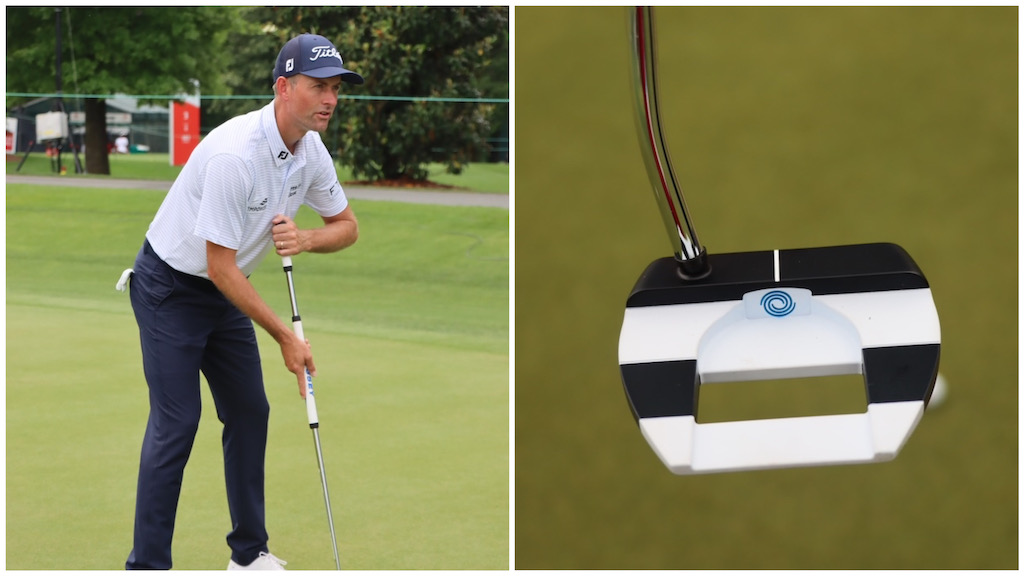
Inconsistent putting. I’m stubborn in a lot of ways when it comes to my equipment, but I have to be open minded – I just hadn’t putted consistently well in a while. And I’m like, ‘Man, I feel my ball-striking coming along. Like I feel better; for real, better.’
If I can just get something in my hands that I’m consistent with. Being on Tour, you see it every year, guys get on little runs. I can put together four to five tournaments where I’m all the sudden back in the majors, or in the FedExCup Playoffs. You can turn things around quick out here. I’m like, ‘Man, whatever’s going to get me there, great.’
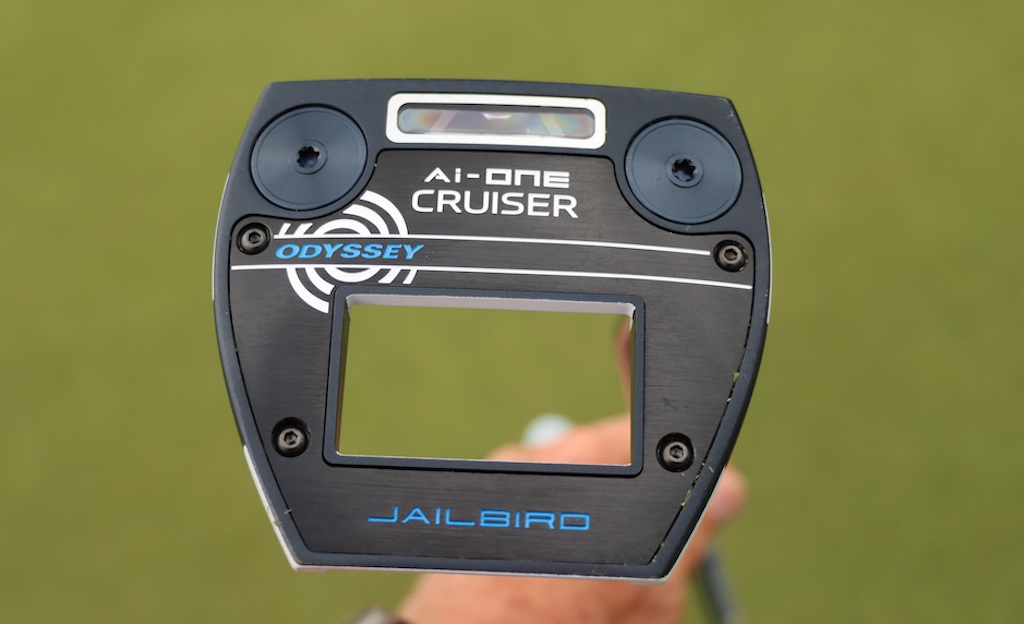
My caddie, David Cook, caddied for Akshay at the Houston Open and he putted beautifully. Then, I watched Akshay on TV at Valero, and he putted beautifully. And, I’m like, ‘I’m just going to try it.’
I’ve never tried it for more than a putt or two, and I just ordered what Akshay uses. It was pretty awkward at first, but the more I used it, the more I’m like, ‘Man, it’s pretty easy.’ And a buddy of mine who’s a rep out here, John Tyler Griffin, he helped me with some setup stuff. And he said at Hilton Head, he wasn’t putting well, then tried it, and now he makes everything. He was very confident. So I’m like, ‘Alright, I’ll try it.’”
And you’re going with it this week?
Hundred percent.
Alright, I love it. Thank you, I always love talking gear with you. Play well this week.
Thanks, man.
See Webb Simpson’s full WITB from the 2024 Wells Fargo Championship here
- LIKE43
- LEGIT5
- WOW3
- LOL2
- IDHT0
- FLOP0
- OB0
- SHANK5
-

 19th Hole3 weeks ago
19th Hole3 weeks agoJustin Thomas on the equipment choice of Scottie Scheffler that he thinks is ‘weird’
-

 19th Hole3 weeks ago
19th Hole3 weeks ago‘Absolutely crazy’ – Major champ lays into Patrick Cantlay over his decision on final hole of RBC Heritage
-

 19th Hole2 weeks ago
19th Hole2 weeks agoLET pro gives detailed financial breakdown of first week on tour…and the net result may shock you
-

 19th Hole5 days ago
19th Hole5 days agoReport: LIV star turns down PGA Championship invite due to ‘personal commitments’
-

 19th Hole2 weeks ago
19th Hole2 weeks agoGary Player claims this is what ‘completely ruined’ Tiger Woods’ career
-

 Equipment4 days ago
Equipment4 days agoDetails on Justin Thomas’ driver switch at the Wells Fargo Championship
-

 Whats in the Bag2 weeks ago
Whats in the Bag2 weeks agoTeam McIlowry (Rory McIlroy, Shane Lowry) winning WITBs: 2024 Zurich Classic
-

 Whats in the Bag5 days ago
Whats in the Bag5 days agoKeegan Bradley WITB 2024 (May)





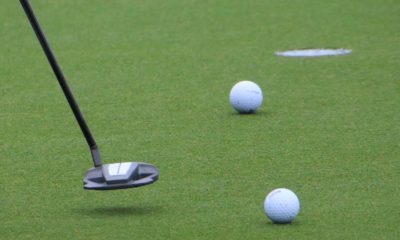





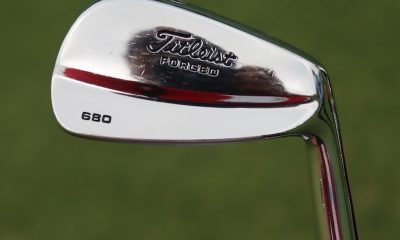

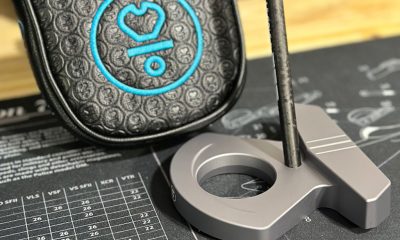















Rob
Apr 15, 2021 at 12:05 am
I am currently building a set of Apex 19s. The inconsistency between heads is surprising. I understand the heads get heavier through the set, but the weight differences aren’t consistent. The 5i, 7i, and 9i are heavier by a large margin. It took some time to figure out correct tip weights to create both consistent swing weights and overall club weights for the set.
Shallowface
Jun 2, 2020 at 10:08 am
Another tricky thing regarding grips that many people ignore is how much the shaft tapers in the butt section. Some shafts don’t taper at all, and other shafts taper significantly. It particularly affects the grip size under the trail hand, and considering how often these days a set will have a number of different models of shafts one can end up with a variety of grip sizes throughout the set if one isn’t careful to address this, whether in the initial build or when regripping.
Nathan
Jun 1, 2020 at 7:12 pm
Ryan is the best club builder I’ve ever run into…guy knows his stuff.